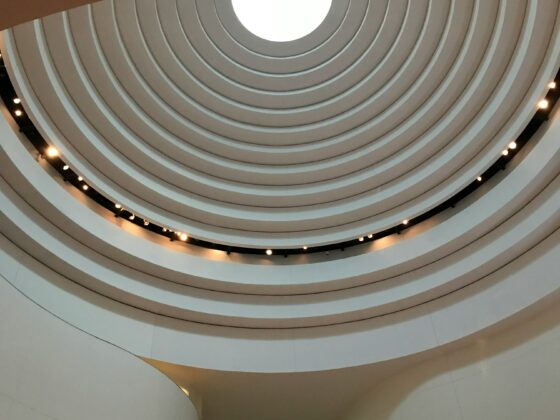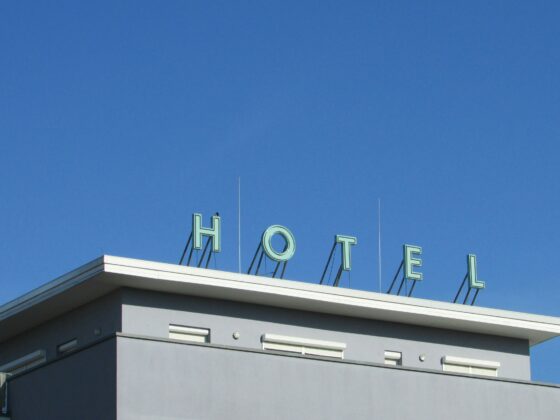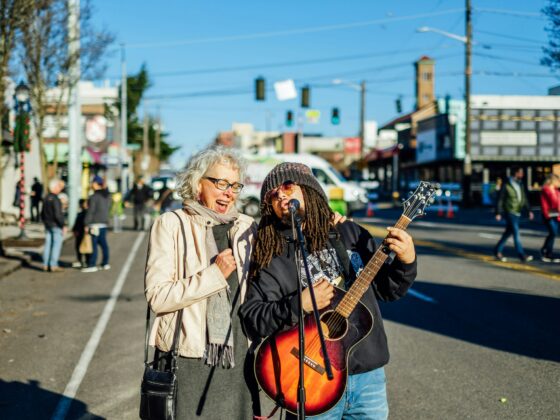Ongoing softness in demand and development reflects industry caution amid economic uncertainty
Oct 23, 2025
U.S. hotel performance and pipeline activity both weakened in September 2025, marking continued signs of industry slowdown. According to CoStar, occupancy fell for a seventh straight month while hotel construction dropped for the ninth, as developers hesitate amid rising costs and uncertain demand outlooks.
Key takeaways
- Sustained occupancy decline: National hotel occupancy fell 1.9% year over year to 63.4%, continuing a seven-month downward trend.
- Flat pricing environment: Average daily rate (ADR) slipped 0.1% to US$162.69, limiting hotels’ ability to offset weaker occupancy.
- Revenue pressure: Revenue per available room (RevPAR) decreased 2.1% to US$103.19, reflecting softer demand across most markets.
- Construction slowdown: Rooms under construction dropped 12.3% to 137,956, marking the lowest level in 40 quarters and more than 80,000 rooms below the 2020 peak.
- Development hesitation: CoStar’s STR analytics director Isaac Collazo noted that developers and lenders remain cautious amid high material costs and economic uncertainty, delaying new projects.
- Pipeline declines across stages: Final planning fell 3.5% and early planning 2.6%, signaling a broader slowdown in future development.
- Market contrasts: New York City led major markets with 86.6% occupancy, buoyed by September events, while New Orleans (48.5%) and Houston (55.6%) lagged behind.
- Segment snapshot: The upper midscale (39,075 rooms) and upscale (33,376 rooms) segments lead current construction, while economy hotels account for less than 1% of new builds.
- Long-term perspective: Despite the downturn, more rooms remain under construction today than after the Great Recession—indicating reduced momentum, not a full stop.
Get the full story at STR








